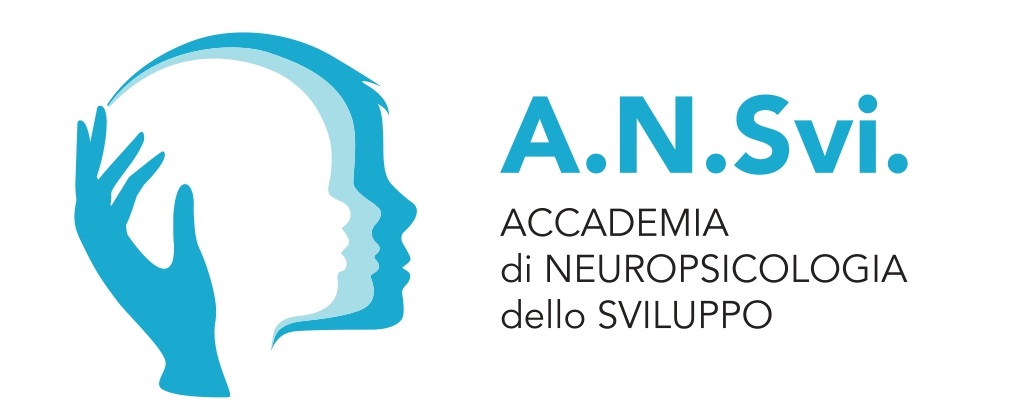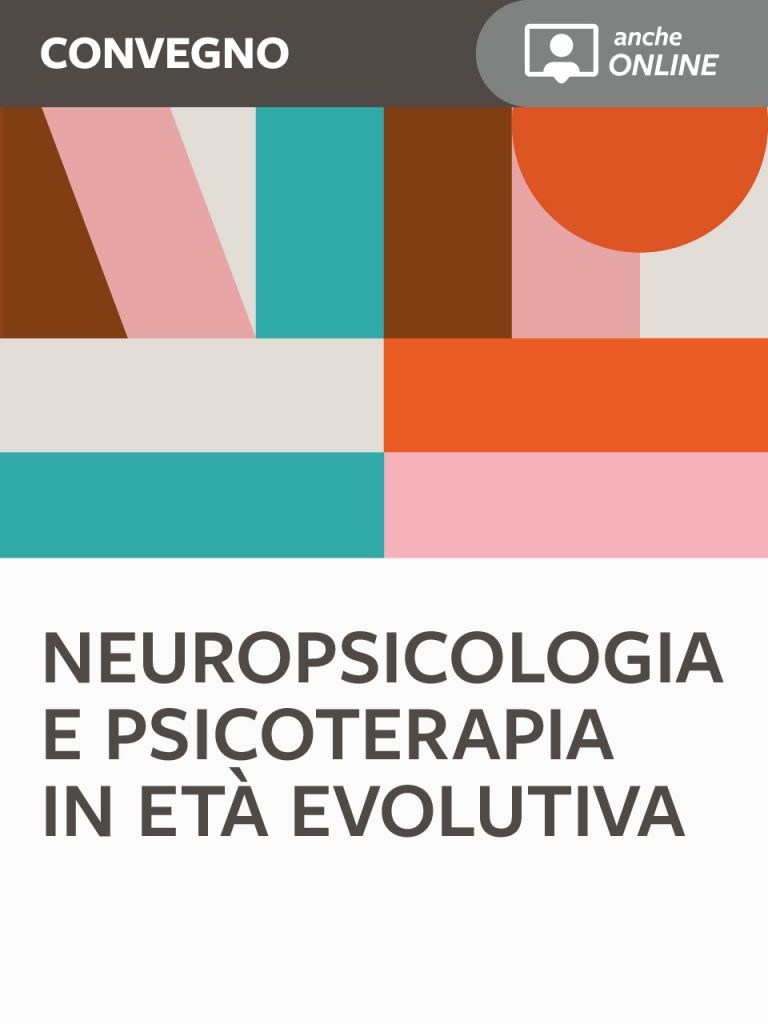Dear author,
Thank you for having chosen to submit your article to an Erickson journal. In the following pages you will find the rules you need to follow in order to align your manuscript before sending it to the Erickson editorial board, in addition to some general information on how articles are evaluated and approved.
Evaluation procedure
All articles are subject to a double blind peer review procedure, in order to verify whether they have the necessary quality prerequisites to be published in our journals. The referees’ views, which are explained in writing, regardless of whether in favour or not in favour of publication, shall be disclosed to the authors in full, together with any requests for changes. The evaluation form, which sets out in detail all the parameters used for article evaluation, can be viewed by clicking on this link:
https://rivistedigitali.erickson.it/wp-content/uploads/2020/02/reviewers-model_eng.pdf
General notes
Articles submitted must be unpublished. This condition also includes translations: translations of articles which have already been published in another language will not be accepted for publication.
Articles submitted must not be undergoing consideration for publication in any other journals.
It is the author’s responsibility to obtain written permission to reproduce material appearing in other publications or material which does not belong to them.
The editorial board reserves the right to ask authors for changes and revisions should the work not correspond to the characteristics described.
Additional information on sections and contents
1. Research
The research section includes:
- Systematic reviews, meta-analyses and narrative reviews
- Original articles
- Brief communications
- Clinical perspectives, models and theories
1.1 Systematic reviews, meta-analyses and narrative reviews
Reviews must be complete, focused on current topics and make an original contribution to current knowledge on the topic. They can be systematic, narrative or use meta-analysis. Submissions must not exceed 15 pages and must use automatic line spacing and Times New Roman 12 font.
1.2 Original articles
Articles of clinical and/or experimental character pertinent to the aims and objectives of the journal will be accepted. Studies conforming to the methodological, clinical-experimental, statistical and ethical requirements accepted by international journals of neuropsychology, psychotherapy and rehabilitation will be published. Submissions must not exceed 15 pages and must use automatic line spacing and Times New Roman 12 font.
1.3 Brief communications
Brief communications or brief reports are articles that report preliminary data related to on-going research. Submissions must not exceed 5 pages and must use automatic line spacing and Times New Roman 12 font.
1.4 Clinical perspectives, models and theories
This section accepts articles on controversial clinical and methodological issues, on models and theories concerning the referral of patients with neurodevelopmental disorders, neuropsychological disorders, behavioural disorders and disorders in the field of child and adolescent psychiatry. Submissions must not exceed 15 pages and must use automatic line spacing and Times New Roman 12 font.
2. Clinical cases
This section contains individual case studies and reports on case series, characterised by a specific clinical interest, the originality of the presentation of symptoms and/or the use of new interventions and methodologies. Submissions must not exceed 10 pages and must use automatic line spacing and Times New Roman 12 font.
3. Cover artworks, patients and stakeholders
This section includes:
- The presentation on the cover page of children’s artistic endeavours (Children’s Artworks)
- Patient and family member accounts of their illness and referral
3.1 Children’s Artworks
The journal seeks original images and artistic endeavours created by children and adolescents which reflect their identify, family and/or their community/neighbourhood or topics inherent to mental health and disability. Images must have a resolution of at least 300 dpi.
3.2 Patient and family member accounts
Patient and family member accounts relate to their experience of the disorder, in terms of thoughts, emotions, sensations and expectations. The narrations aim to help understand the person who is experiencing the disorder, giving them a voice and opening a window onto the internal world of our patients and their family members. Accounts will be selected by the Scientific Editorial Board, must not exceed 5 pages and must use automatic line spacing and Times New Roman 12 font.
4. News
The News sections includes:
- Book reviews
- Presentations of congresses and workshops
- Presentation of courses and training
In this section submissions must not exceed 2 pages and must use automatic line spacing and Times New Roman 12 font.
Click HERE to download a PDF version of the instructions.


